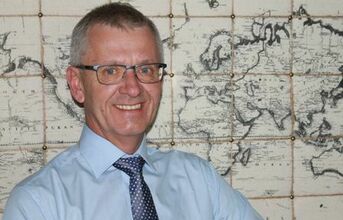
Patrick De Vos, Seco Tools' Corporate Technical Education Manager, is an excellent example of ‘industry meets academia'. Leading education and training programmes in more than 50 countries worldwide and spearheading the STEP concept (Seco Technical Education Programme), he has the experience of interacting with thousands of metal cutting and other manufacturing professionals globally. This unique position also enables him to understand industry challenges and trends from a closer angle.
The Machinist caught up with him in Pune recently to understand the future trends from the metal cutting point of view. The global slowdown has had a big impact on the metal cutting industry with facilities slowing down or even shutting down production. Of course, things have started to look a bit positive but it is too early to predict anything. It is in this light that we asked him to speak. At the outset itself he dismissed the possibilities of anything big happening in the near future. "From the technology point of view - whether you talk about tools or tooling techniques or machines, there will not be anything big changes. For many years, it hasn't been a revolution but an evolution. And it will continue to be so," he said.
Yes, he did say that there will be new geometries and new cutting strategies but the focus will be more on improvement. He took us a little back in time to explain. "We had high speed steel (HSS) and then we had carbide. Well, that was a revolution. After the carbides, beginning of the 1970s, we saw coated carbides. But since then, it has all been more of an improvement. And I don't think that things will change at least for the next five to ten years. Yes, there will be new approaches but it will be more on the detail side. Geometry that cuts easier and things like that."

































